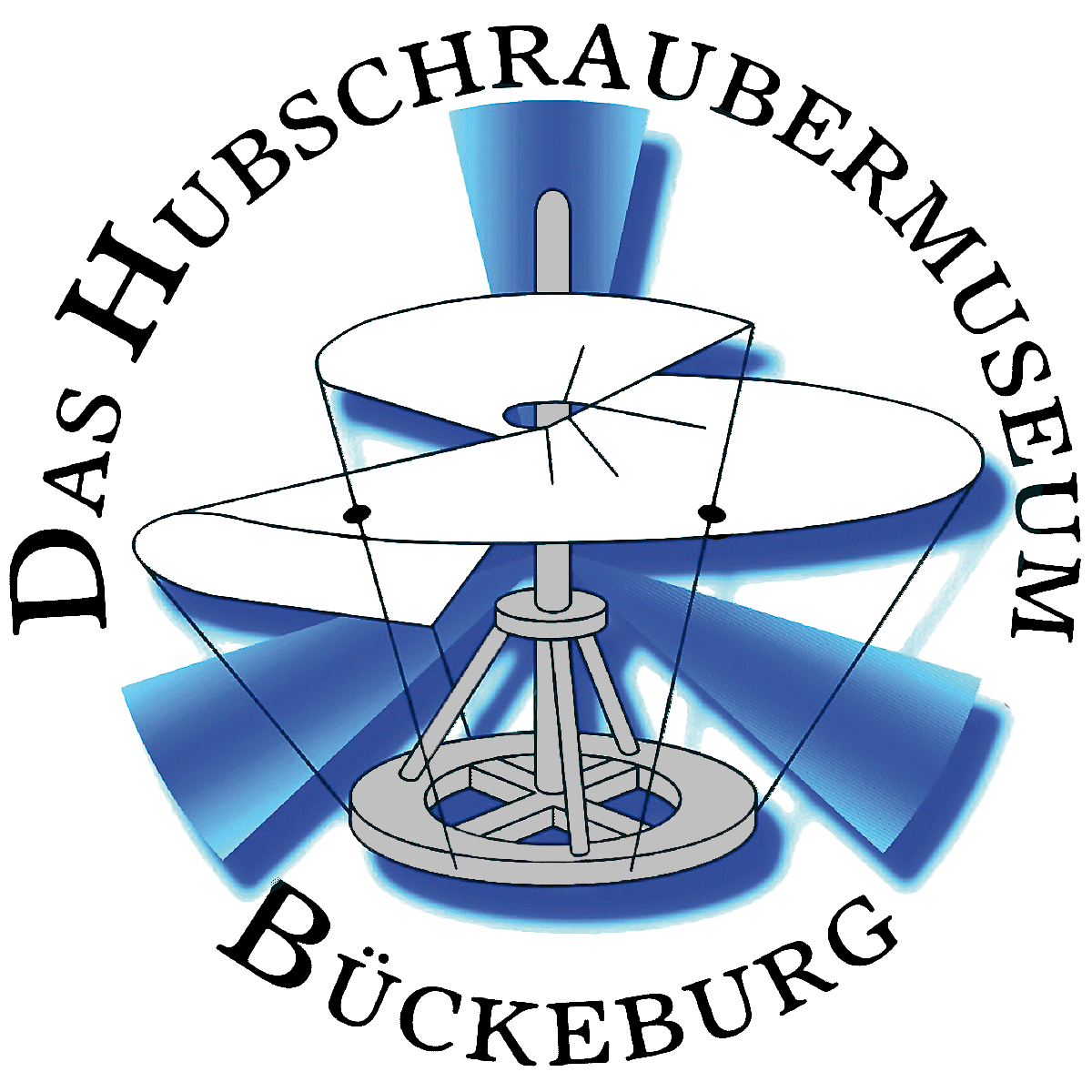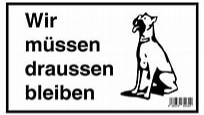Mil Mi-1-EN
Mil Mi-1
The Mil Mi-1 (USAF/DoD reporting name “Type 32″, NATO reporting name “Hare”) was a Soviet three- or four-seat light utility helicopter. It was the first Soviet helicopter to enter serial production. It is powered by one 575 hp Ivchenko AI-26V radial. It entered service in 1950 and was first seen on the 1951 Soviet Aviation Day, Tushino and was produced for 16 years. More than 1,000 were built in the USSR and 1,594 in Poland, as SM-1.
Mikhail Mil began work on rotary-winged aircraft before 1930, but the Mi-1, his first production helicopter, was begun in 1946, under a designation EG-1. In 1947 Mil became a head of OKB-4 design bureau in Tushino, and works were intensified. A final design was named GM-1 (for Gelikopter Mila). Its design owed much to the Sikorsky S-51 and Bristol 171, with almost identical main rotor to the British machine and similar shafting and clutch. The prototype completed first free flight on 20th September 1948 (pilot Mikhail Baikalov). In 1949 it underwent official state trials. Despite crashes of two prototypes, the design was overally successful and after further work, was ordered for a production, under a new designation Mi-1, for Mil initials. The production was initially limited – the first series of only 15 machines was ordered on 21 February 1950, in factory No.3 in Moscow. Only after presentation to Joseph Stalin in 1951, the authorities decided to increase production. In 1952-1953, 30 Mi-1 were manufactured in Kazan, and from 1954 a mass production started in Orenburg and from 1956 in Rostov (current Rostvertol). The design was a subject of further improvements during production, mostly increasing reliability. Especially a rotor technology was changing. Period between repair increased to 300 hours in Mi-1T (hence a letter T for trekhsotchasovoi), 600 in Mi-1A, then to 1,000 and 3,000 hours by the end of production.
All early variants seated pilot in front and two passengers behind him, in common cabin.The first production variant was Mi-1, quickly replaced by improved Mi-1T, that carried extra operational equipment including full radio and blind-flying instruments, and had more reliable engine AI-26V. The next basic variant was Mi-1A of 1957, with further increased reliability and provisions for one 160 l external fuel tank.
New major variant, Mi-1M of 1957, introduced enlarged cabin and slightly stronger engine AI-26VF, what allowed to accommodate three passengers on a bench behind the pilot. Cabin height increased from 1.22 to 1.26 m and width from 1.01 to 1.2 m. Most noticeable difference was horizontal bottom windows’ line instead of slanted, with bigger rear side windows, and less pointed fuselage nose. It could also be fitted with two external side capsules for the injured or mail. There were trials of an armed anti-tank variant Mi-1MU carried in 1961, being the first Soviet attack helicopter, but it did not enter production due to small payload and cessation of production of a basic variant.
Well over 1000 of all variants were built in the USSR, including a proportion of dual-control trainers: Mi-1U, TU, AU, MU, with instructor seated behind a trainee. 15 were produced in Moscow in 1950, 30 in Kazan in 1952-1953, 597 in Orenburg in 1954-1958 and 370 in Rostov in 1956-1960. In 1956 license-production of the four-seat model began in Poland, at WSK PZL-Świdnik, where 1,594 were built until 1965, under a designation SM-1. Several new versions were developed at Świdnik, including the SM-2 five-seater, with a new fuselage.
Several international records in its class were broken with Mi-1 or SM-2.
Text from Wikipedia, the free encyclopedia



